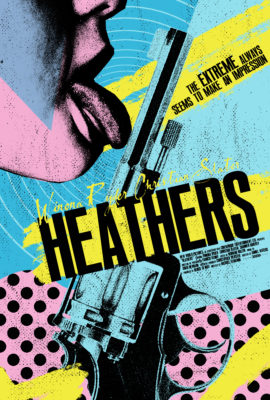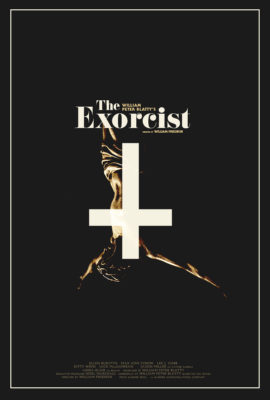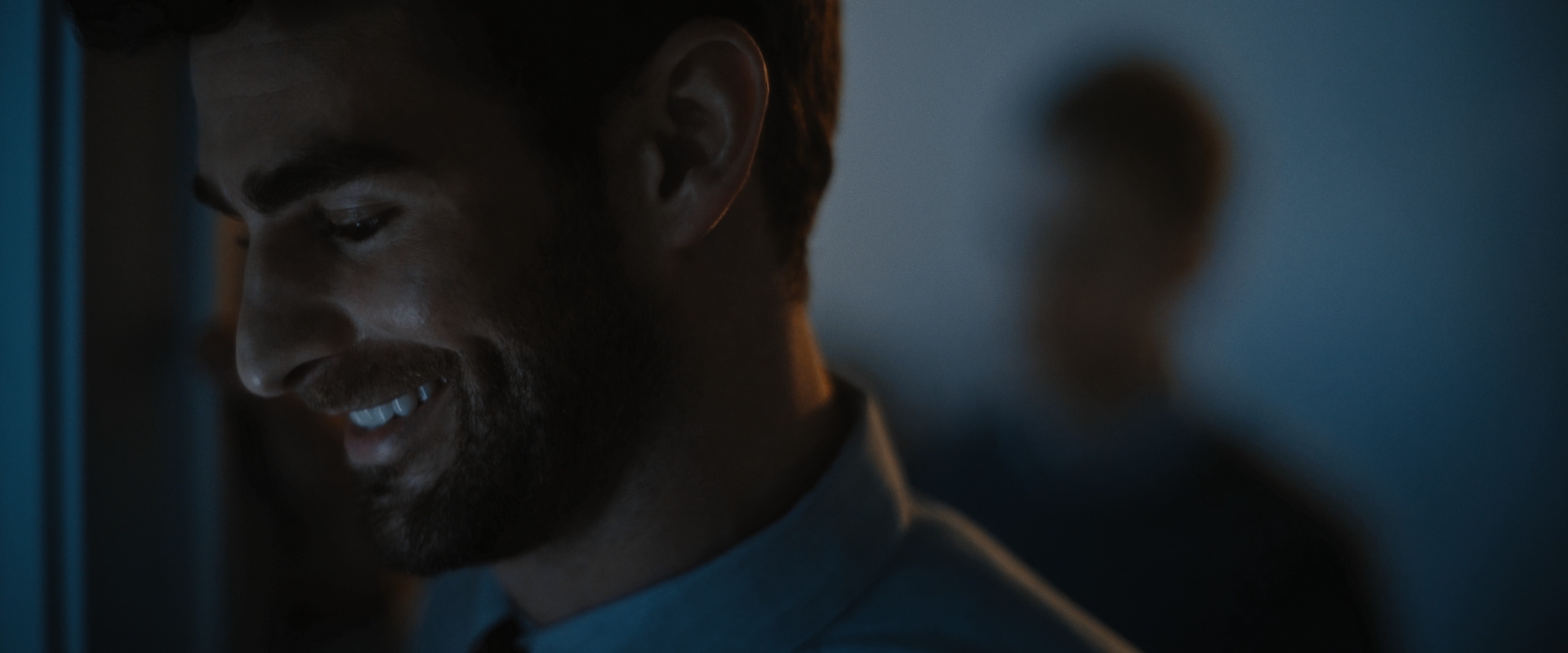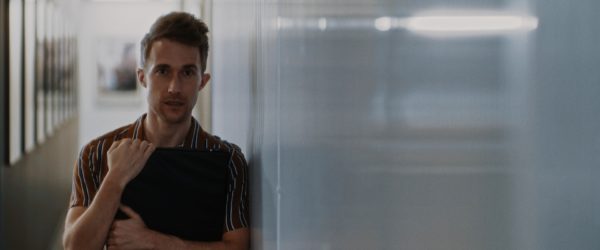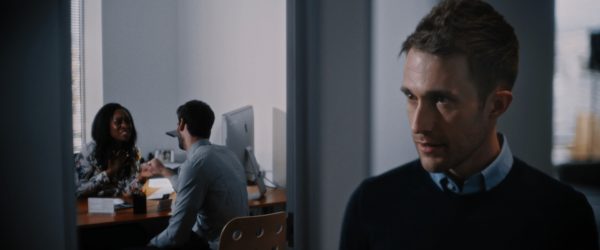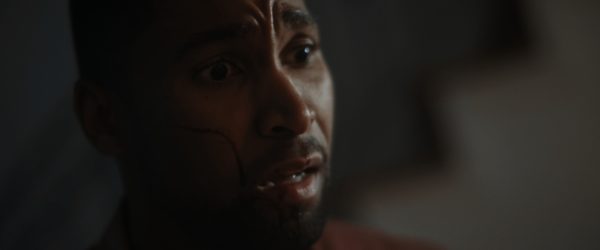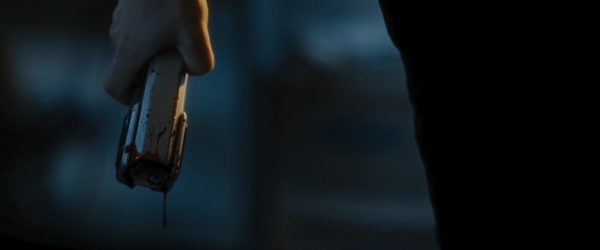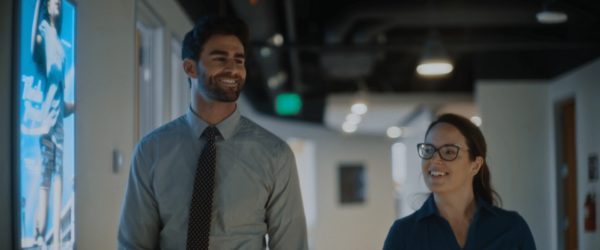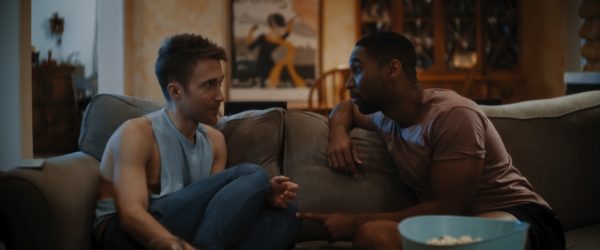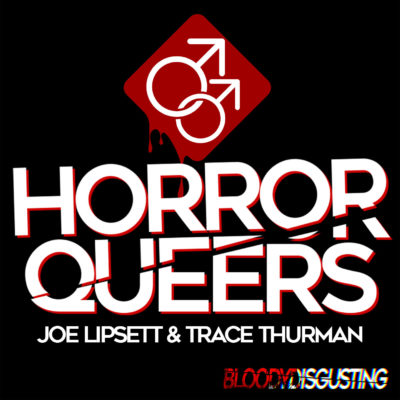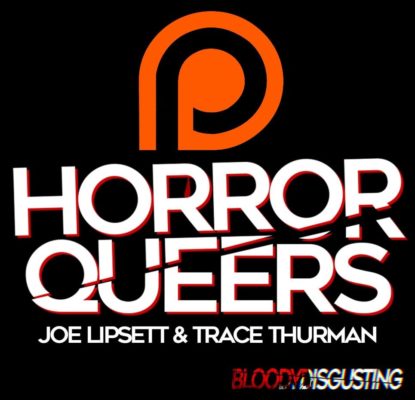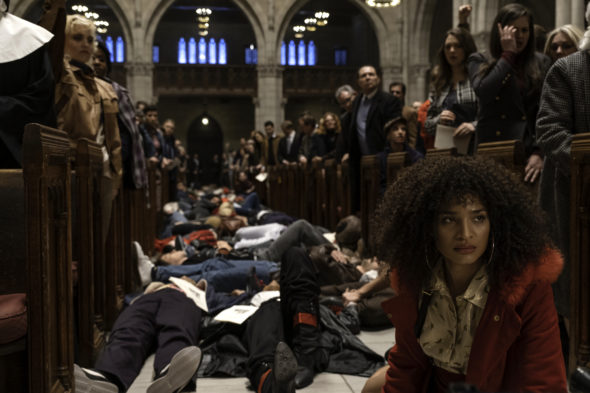
Each week Terry (@gaylydreadful) and Joe (@bstolemyremote) discuss the most recent episode of FX’s Pose, alternating between their respective sites – gaylydreadful.com and queerhorrormovies.com.
Episode 2.01 “Acting Up”: Bianca (Mj Rodriguez) encourages the House of Evangelista to follow their dreams. Pray Tell (Billy Porter) joins an activist group to fight for the rights of HIV-positive people. [Read more…]
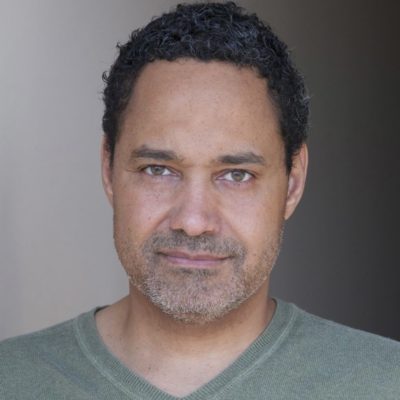 Name: Jeffrey Reddick
Name: Jeffrey Reddick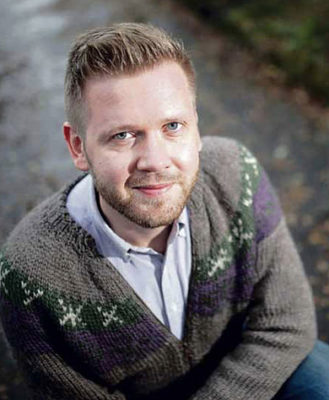 Name:
Name: 
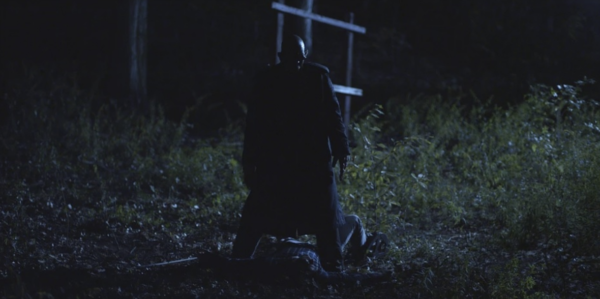
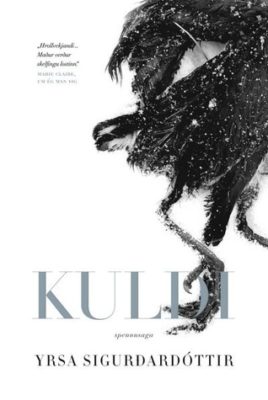
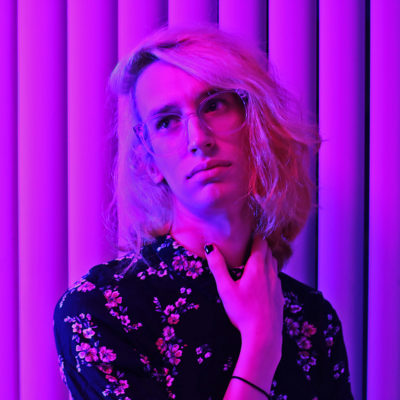 Name: DRW Phillips
Name: DRW Phillips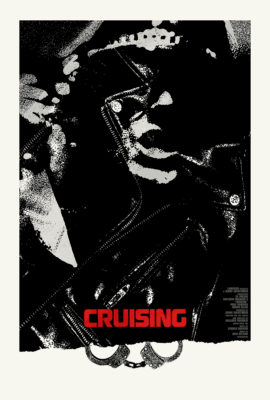
 What films (queer or not) have made a significant impact on you and your work? In what way?
What films (queer or not) have made a significant impact on you and your work? In what way?